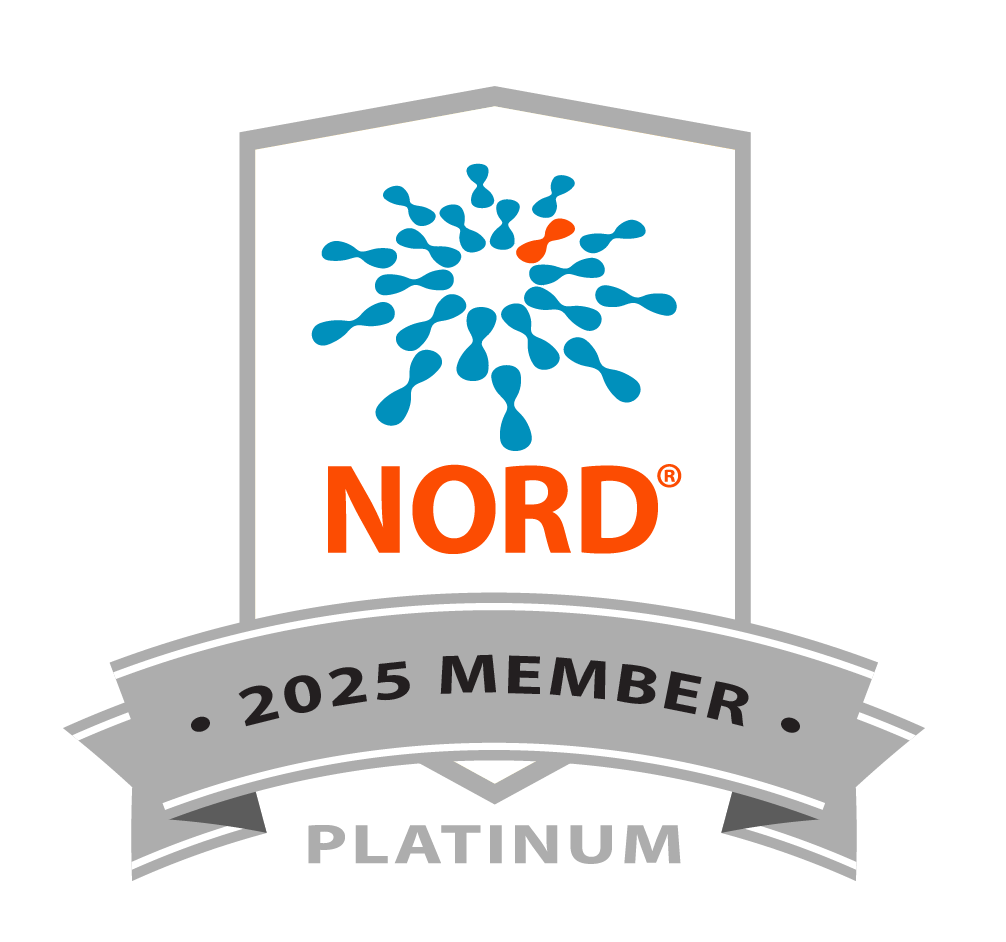& ER PROTOCOL
PARENT AND CAREGIVER GUIDEBOOK
If you would like to receive a printed copy by mail, please indicate this in the form. We will fulfill the first 100 requests.
FOUNDER’S B-VITAMIN INSIGHT
EMERGENCY LETTER
ESSENTIAL TIPS TO OPTIMIZE NUTRITION
- Its recommended to be familiar with all eight B vitamins to make sure they are all included on nutrition labels.
- Recommended website for nutrition and vitamin information: click here.
- Recommended NIH dietary intake for vitamins based on age and sex: click here
- Right now, we do not know the specific dose or amount of B vitamins for those affected with TANGO2-related disorder, but minimum doses should at least be the dietary recommended intake (DRI) or recommended dosage minimum (RDA).
- Consider getting a multivitamin with third party verification. In the United States, this might say USP verified products with a silver label.
- There are a lot of foods with B vitamins like: beans/legumes, leafy greens, meats, fruits, and enriched cereals.
- Proteins and fats are recommended as bedtime snacks.
- Food restrictions like a low fat diet or low carb diet with high fat (also known as the ketogenic diet) are not recommended since this may worsen symptoms. A balanced diet with carbohydrates, protein, and fat is recommended.
- Baby formulas and complete pediatric formulas like Pediasure can be used to supplement nutrition. They typically have all 8 B vitamins and all the nutrients needed to supplement any additional carbohydrates, fats, proteins, and vitamins.
- Fat soluble vitamins (vitamins A, D, E, K) are in multivitamins and can be toxic at high dosages, it is recommended to follow doses as instructed on the nutrition label.
- High doses of pyridoxine or vitamin B6 can lead to neuropathy, which can present with numbness or tingling and can impair walking.
- Families affected by TANGO2-related disorder can apply for financial assistance with medical expenses/care via NORD (National Organization for Rare Disorders): click here











